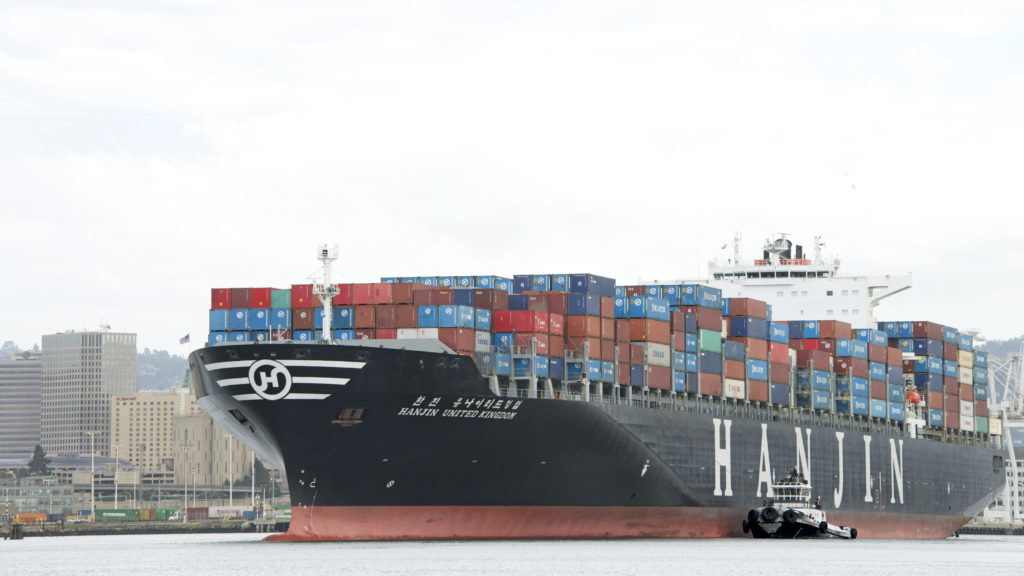Two months ago lenders withdrew support for Hanjin Shipping Company, South Korea’s largest shipping firm, forcing it to file for bankruptcy and disrupting supply chains on a global scale. Roughly 89 ships carrying goods valued at over $14 billion were left stranded at ports around the world for weeks. Some ports, fearful of being left high and dry by the struggling firm, were unwilling to unload the cargo unless they were paid port fees upfront. Hanjin was equally worried about sending their ships to port where they could be seized by creditors. Rock, meet hard place.
The U.S. judge presiding over the bankruptcy has since barred creditors from taking possession of Hanjin’s assets thereby protecting the company from seizure while docked at U.S. ports. That, coupled with an influx of new financing, has enabled Hanjin to begin off-loading many of the goods stranded for so long including apparel, handbags, televisions, furniture and appliances. While some distributors can now rest easy with Christmas nipping at the heels of consumers and retailers alike, the bankruptcy of Hanjin has added yet another wrinkle in overall supply chain distribution.
As Hanjin is slowly unloading containers (over 500,000 were stranded as a result of the bankruptcy) their ships are no longer making the trans-Pacific trip between Asia and the US, ergo thousands of empty shipping containers owned by or leased to Hanjin are in a semi-permanent state of limbo clogging up warehouse yards and ports around the U.S., especially in California.
Not only that, but the wheeled trailers used to transport shipping containers (called chassis) are rendered unusable when these unwanted Hanjin containers are left unattended on top of them with no clear plan in place to deal with them. Chassis are an essential part of any port operation and with thousands currently unavailable, delivery times are being delayed for many shipping companies. With peak shipping season in full swing and retailers preparing for the holiday shopping bonanza, demand for chassis is surging. Two years ago, most ocean carriers ceased managing chassis inventories, pushing that coordination out to the ports or local dray companies. By spreading the chassis inventory out over many entities, the time and effort being spent by shippers and NVOCC’s to find available chassis only serves to add to the costs associated with delays, attempting replacement shipments and other risks negatively impacting the profitability of Christmas this season.
Challenges getting products to store shelves has the potential to drive prices upward and some retailers may be unable to remain on pace with growing consumer demand. If the situation is resolved within the next few weeks, many economists believe there will be a minimal impact to holiday sales this season and a shortfall will be unlikely.

